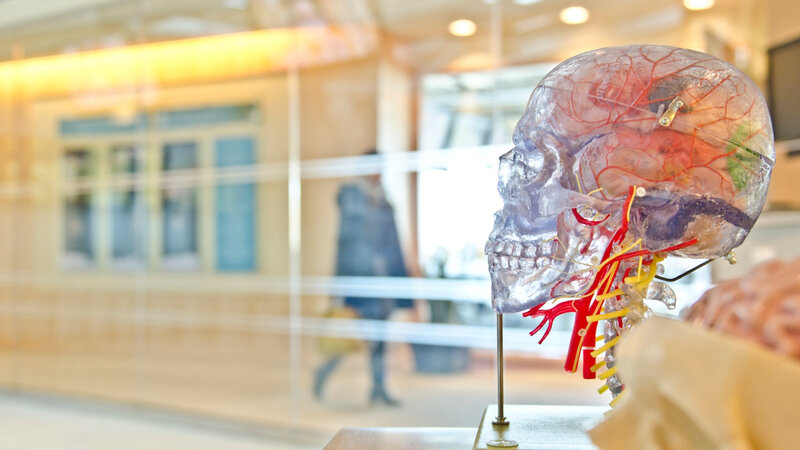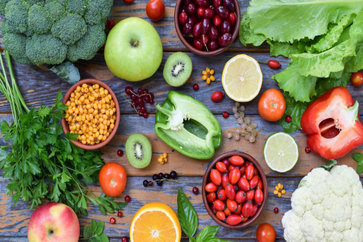Srotas – The Channels of Circulation In Ayurveda & Its Concept
One of the fundamental concepts of Ayurveda is the concept of srotas. This name identifies the innumerable channels (visible and invisible) that are present throughout the body.
This srotas serve to circulate both the nutrients and waste products (bad) inward and outward. The obstruction of the srotas or their incorrect functioning causes, the appearance of diseases in the short or long term.
The incorrect functioning of the srotas prevents the correct absorption of the nutrients that form the tissues and the correct expulsion of the bad ones, which ends up becoming a problem for the body’s health.
Types of srotas
Among the srotas present in the body, three connect the individual directly to the outside world:
- Pranavaha Srotas or channels: they are responsible for (Prana) breathing.
- Annavaha Srotas or channels: they carry liquids and solid food.
- Udakavaha Srotas or channels: they carry water.
Along with these, there are a series of srotas that we must emphasize for their importance:
- Rasavaha Srotas or srotas: they are responsible for conducting lymph and plasma. These srotas can become unbalanced if we eat too much or if we eat very heavy, cold, and unctuous foods. Only mental work can also unbalance this channel.
- Raktavaha Srotas or channels: they carry blood and hemoglobin. Alcohol intake, as well as spicy and fatty foods and beverages, can unbalance this channel.
- Mamsavaha Srotas or channels: they transport muscle nutrients and wastes. Sleeping immediately after eating, overeating, or consuming excess dairy and flour are some of the factors that can unbalance this srota.
- Medasvaha Srotas or adipose tissue supply channels: this channel can be unbalanced when Consuming excess alcohol. Or sleeping more during the day.
- Asthivaha Srotas: These channels carry nutrients to the bones. Excessive physical exercise, malnutrition, or lack of sleep are, among others, some of the factors that can end up affecting these srotas.
- Maijavaha Srotas: These srotas carry the supply of bone marrow, nerves, and the brain. If you want to take care of this channel, do not wear tight clothes or shoes and try to have a balanced diet. Bone fractures and injuries negatively affect this Srota.
- Sukravaha Srotas: These channels carry the sperm, the ovules, and those nutrients necessary for their elaboration. How can this srota become unbalanced? Maintaining excessive sexual relations or repeatedly suppressing ejaculation, for example.
As we noted earlier, some srotas are intended to transport bad or waste products of metabolism. What srotas are those?
- Purishavaha Srotas or channels that conduct feces: Suppressing the urgency of defecating and overeating are some of the actions that can cause the imbalance of this channel.
- Mutravaha Srotas or channels through which urine flows: In the case of this Srota, the suppression of the need to urinate or the maintenance of sexual intercourse when they feel like urinating can cause this channel to end up atrophying or, at least, being affected.
- Svedavaha Srotas or srotas intended to transport sweat: Excessive physical exercise, excessive exposure to heat, and feelings of anger, pain, and fear are some of the reasons that can lead to the imbalance of this Srota.
- Manovaha Srotas: meanwhile, is that srota through which thoughts, ideas, impressions, and emotions circulate. Stress, worries, overwork, anxiety, rage, insomnia, drugs, or head injuries are the main causes of the imbalance of these channels.
All srotas cited are common to men and women. The woman also has two srotas that men do not have.
- Artavavaha Srota: they are responsible for transporting menstruation
- Stanyavaha Srotas: they are the channels that function, during breastfeeding, carry breast milk.
The concept of Srotas is defined as vividly and scientifically in Ayurvedic texts. It is stated that any corporeal entities do not arise or decay without Srotas. They are defined as the transporting passages of Dhatus undergoing a transformation.


























